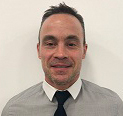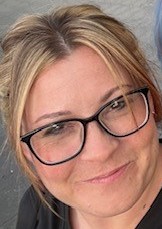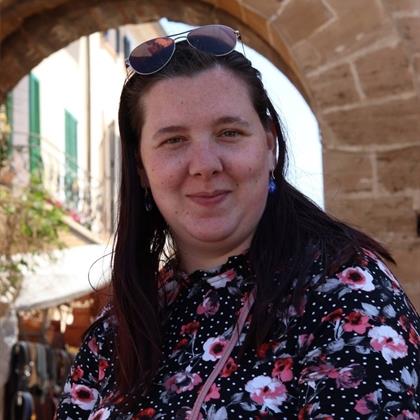If you need urgent first aid when you are visiting Pippbrook, contact extension 4444.
First aid MUST only be given by trained personnel. There is a trained first aider on duty each day.
If you suspect a cardiac arrest, please call 999 and summon the first aider. There are defibrillators located in reception and the upstairs reception in Pippbrook, the Depot, Park House and at Dorking Halls.
These machines have verbal and visual prompts so will talk you through the process. It will NOT deliver a shock if it is not needed.
First Aiders at Pippbrook:

Spencer Mitchell Lead and Senior First Aider
Print Room
Ext 3389 or 07768 801981 (mobile)

David Fanthorpe Senior First Aider
Community Safety & Wellbeing
Ext 3370

Andrew Heard Senior First Aider
Property
Ext 3615

First Aider Oli Winter – Ext 3194

First Aider Sam Cook – Ext 3324

First Aider David Greenough – Ext 3332

First Aider Leanne Jones – Ext 3632

First Aider Darrell Rhodes – Ext 3170

First Aider Sam Conder – Ext 3634

First Aider Elin Darbo-Egan – Ext 3627

First Aider Sophie Clark – Ext 3287
First Aiders at Dorking Halls, Fairfield Centre and Park House:
Defibrillator Information
Locations
| Name | Location | Extension |
| Stephanie Martin | Dorking Halls | 3216 |
| Rosanna Walters | Dorking Halls | 3323 |
| Tom Strutton | Dorking Halls | 3323 |
| Nicola Haines | Dorking Halls | 3323 |
| Charlie Mangan | Dorking Halls | 3216 |
| Mike Knight | Dorking Halls | 3316 |
| Dan Joyce | Dorking Halls | 3216 |
| Jo Sheedy | Fairfield House | 3235 |
| Steve Jones | Mole Valley Life | 3501 |
| Deborah Addison | Mole Valley Life | 3503 |
| Ellie Stacey | Mole Valley Life | 3505 |
| Paul Hahnner | Fairfield House | 3189 |
| Iain White | Fairfield House | 3189 |
| Julie Carson | Fairfield House | 3235 |
| Community Transport Drivers (all drivers) | Mole Valley Life |
There are five defibrillators at Mole Valley District Council. Two defibrillators at Pippbrook; located at the front and evening reception, one at the Depot, one at Park House and one at Dorking Halls.
What is a defibrillator machine?
An Automated External Defibrillator (AED) is a small, portable, and easy-to-use device that assesses the heart of a person in cardiac arrest for a shockable rhythm. If such a rhythm is detected, the provider is instructed to press a button to deliver a shock or series of shocks to the patient’s heart, stopping the heart to allow it to return to a normal rhythm.
What to do in an emergency
An ambulance and a first aider should be called for any suspected cardiac arrest patient. Details of the corporate first aiders can be found on Molly.
We have installed Zoll AEDs, which have verbal and visual prompts. This means they can be used by anyone as the defibrillator will talk you through the process and will not deliver a shock if it is not needed.
Other useful information
Anyone using the defibrillator is responsible for its return to its original location and should do one of the following things (listed in order of preference) to retrieve the defibrillator:
- Follow the ambulance to the hospital
- Arrange for another member of staff to follow the ambulance to the hospital
- Obtain hospital details from the ambulance and arrange for the defibrillator to be collected at a later time/date
This person is also responsible for notifying either the Strategic Leadership Team on 01306 879346 or a first aider to ensure supplies e.g. pads, are replaced.
For video guidance, please follow this link to YouTube.
